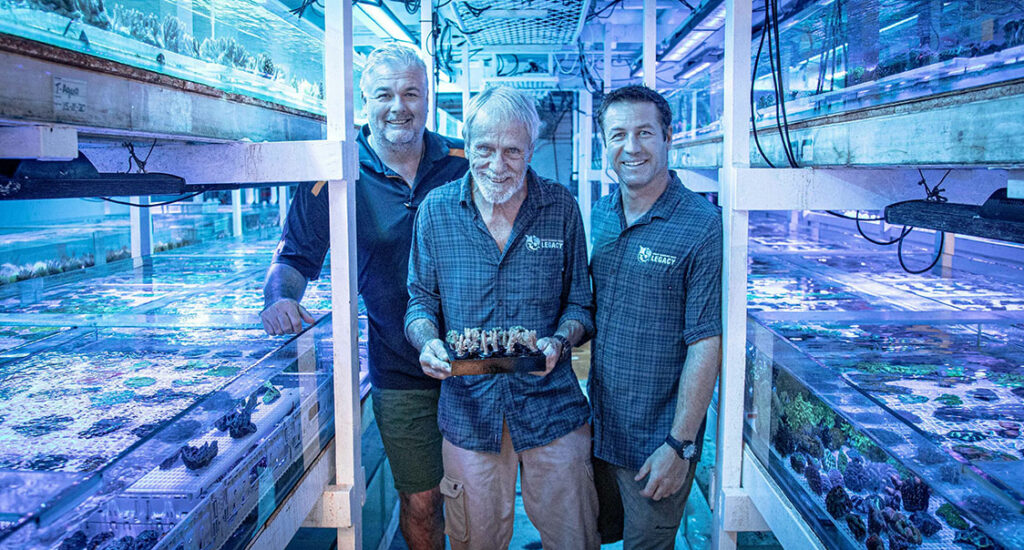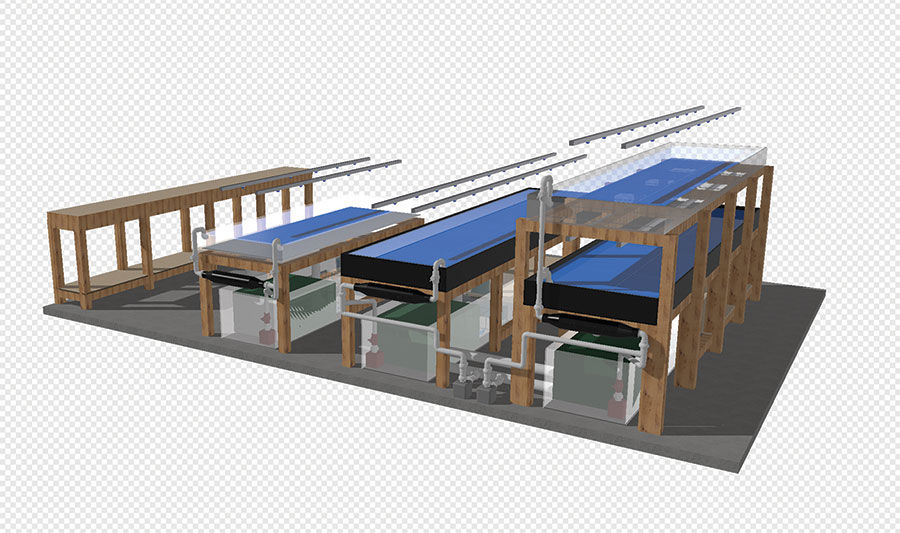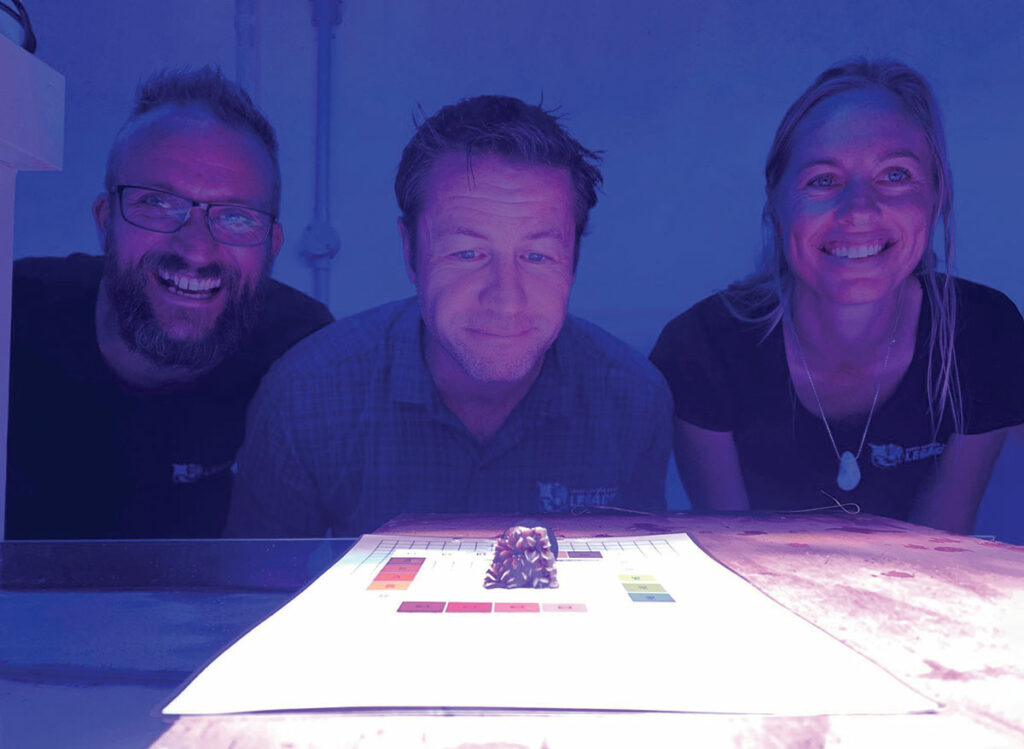
an excerpt from the March/April 2022 issue of CORAL Magazine
by James M. Lawrence
Imagine an aquarium with colonies of every reefbuilding coral species on Earth. Imagine it as a repository to be drawn upon for reef restoration and research efforts, as many oceanographers are forecasting mounting climatic assaults on coral reefs as we know them.
“With every coral bleaching event, we are losing the most vulnerable corals and coral reefs,” says Dr. Dean Miller, managing director of Great Barrier Reef Legacy, in Port Douglas, Queensland, Australia. “With three mass bleaching events in just five years on the Great Barrier Reef, and over 50 percent of corals gone in the last few decades, we don’t have a moment to lose.”
As previously reported in these pages, one audacious response to the plight of wild corals would be the creation of that imaginary aquarium, which some liken to an Ark of reef species built to survive whatever climate shifts and calamities may materialize. Pie-in-sky thinking? Perhaps not, as the first facilities housing broodstock stony corals are set to become operational in the coming weeks and months.

Known as the Living Coral Biobank Project, the initiative is spearheaded by Dr. J.E.N. (Charlie) Veron, preeminent coral biologist who is working tirelessly to make this a reality and a legacy of decades of work documenting the corals of the world. Early efforts are happening under the umbrella of Great Barrier Legacy, a non-forprofit organization that facilitates scientific and tourism expeditions on the GBR. (Full disclosure: I am a board member on a Biobank advisory panel.)
“Last year really set the foundation for what will be an incredibly exciting year for the Project,” says Paul Myers, group chairman. “With the first 85 colonies collected and being stored at our partner facilities (Cairns Marine and Sustainable Reefs), we needed a storage solution so that we could continue collecting corals for the project. Thanks to the generosity of many contributors, we have now been able to fund two new facilities. One will be a dedicated holding facility, and the second will be commencing construction in the coming months, inside Cairns Aquarium, who have generously donated the space. This facility will also be a media hub, allowing public tours to come behind the scenes and see the work that we do, as well as allowing space for researchers. By the end of this year, we aim to have 250 stony coral species in the Biobank, which we hope will preserve their biodiversity for long into the future and aid reef research and restoration efforts.” Future satellite “pod” facilities are envisioned in other decentralized locations.

With no governmental involvement, this is a project meant to be nimble, move fast and make things happen. The support of CORAL readers and sponsors are earnestly welcome—and vital in transforming wild imagination into reality.
Living Coral Biobank
https://coralbiobank.org




